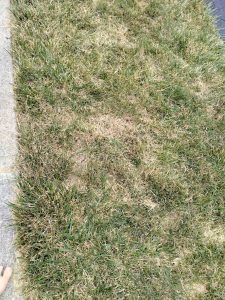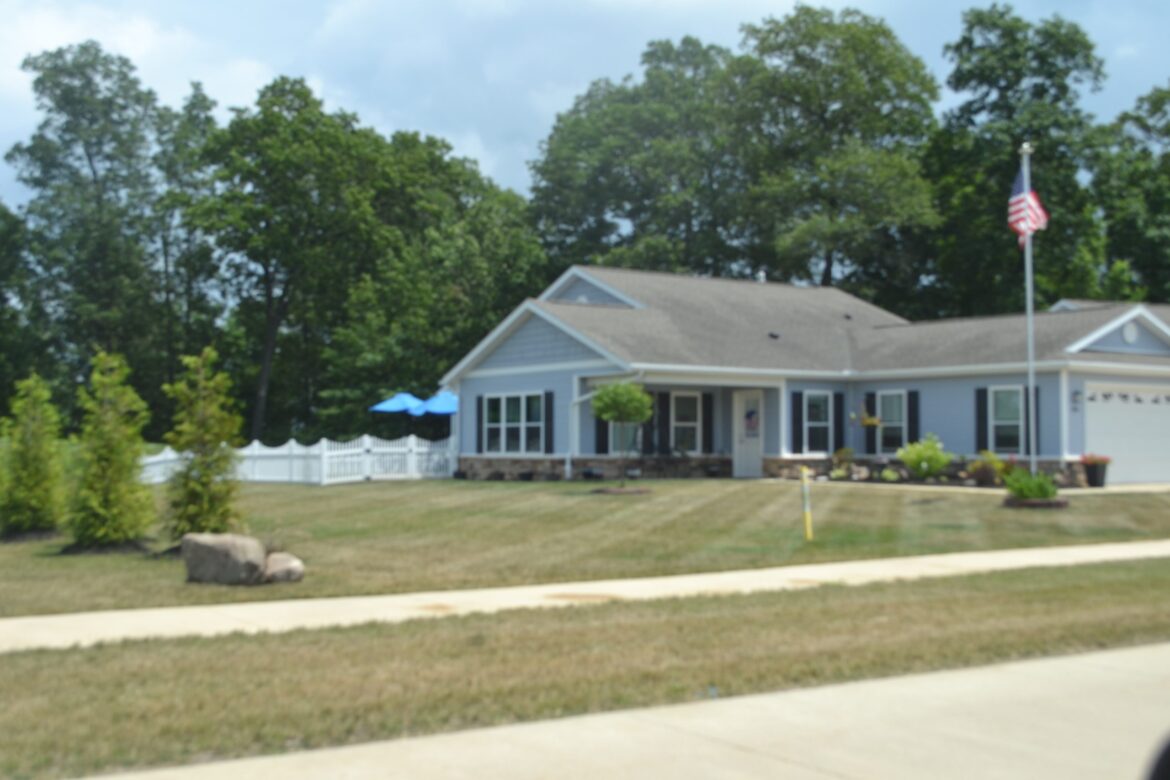I was sitting at a beach in Vermillion, Ohio last Sunday. The heat was substantial.
I saw 97 degrees on the thermometer in my car. As I was sitting in my chair on the beach, I struck up a conversation with another beachgoer.
While I was enjoying the sun this beachgoer asked me, “Why are our lawns burning up?”
We talked about some of the reasons why grass turns brown. She was getting ready to go home, and Sharon and I had just arrived so we had a limited discussion.
We got home, and later, a friend who lives in Columbus asked about her brown lawn as well.
My new friend from Vermillion asked a question many of us may have this time of year especially after seeing the temperatures as high as they have been.
The obvious solution to brown grass is watering her lawn. But it doesn’t end there.
Kentucky Blue Grass or Poa pratensis is an unusual plant in that it can endure a droughts more effectively than most grasses, making it a potential alternative for our lawns. The root system is more complex than the clumping grasses.
 This is a Columbus lawn that has been treated for Brown Patch fungus. Photo by Eric Larson,
This is a Columbus lawn that has been treated for Brown Patch fungus. Photo by Eric Larson,
Kentucky Bluegrass has a root system called a rhizome that can store a certain amount of water in the root itself. This plant will endure extended droughts the best. Most of our lawns have Kentucky Blue grass as the primary backbone grass.
Keeping a lawn lush, inviting, and rich green requires fertilizers, pesticides, and lots of water.
Here’s a shocking study done by NASA in 2005. This done by region in the U.S. revealed that 50 to 75% of a home’s total water usage is for lawn irrigation.
Homeowner’s Associations that require a pristine lawn need to take this into account as they reduce the aquifers that have been in the earth for centuries.
This watering is also questionable. We may not even need to water during the summer because most of our lawns that have Kentucky Blue Grass which is more durable. So the grass will come back.
During my turf studies at Ohio State University – Agricultural and Technical Institute I learned that our grasses adapt to the conditions in Ohio. In most cases, we will not have to replant the grass. Even if the grass looks brown and dead, it will survive.
Most of the grass mixes here in Ohio are cool-season, which consists of a variety of fescues, perennial rye grasses, and Kentucky bluegrass.
For cool-season grasses we will experience grasses going into dormancy when temperatures reach the levels we have had.
This dormancy is called heat stress. These grasses turn brown to save the plant from dying. An extended period above 80 degrees will trigger this dormancy period to start.
I have seen lawns going into dormancy lately. Weekend rains should be enough to slow dormancy, but the heat is on.
So far this season just as little as one quarter of an inch of rain in a four-week severe drought should be enough to sustain the grass.
Both grass and corn are in the same family. This little test will help ease your mind. If we are worried that our grass is dead, pull one of the brown grass plants out of the ground.
Pull the brown leaves off the stem just as we would shuck an ear of corn.
We pull the blades off the stem of the plant just as you would shuck an ear of corn. If the leaves under the brown leaves are still green, we will know that our grass is only dormant.
When we let our lawn go dormant, we will save water, money, and pollution. Allowing our lawn to go dormant in the summer we will stop mowing. It will mean that we have time to do other chores.
If we are water, then mow, we may wind up with ridges in the lawn from tire tracks, which adds to soil compaction.
Brown Patch is a fungal disease that also shows up this time of year. We will discuss this more in-depth next week.
This Brown Patch disease will also look brown. So come back next week to find out more.
I look forward to walking in a variety of gardens. I hope that we enjoy our strolls as we take our shoes off and enjoy our green grass. Send me an email at ericlarson546@yahoo.com for
help.

